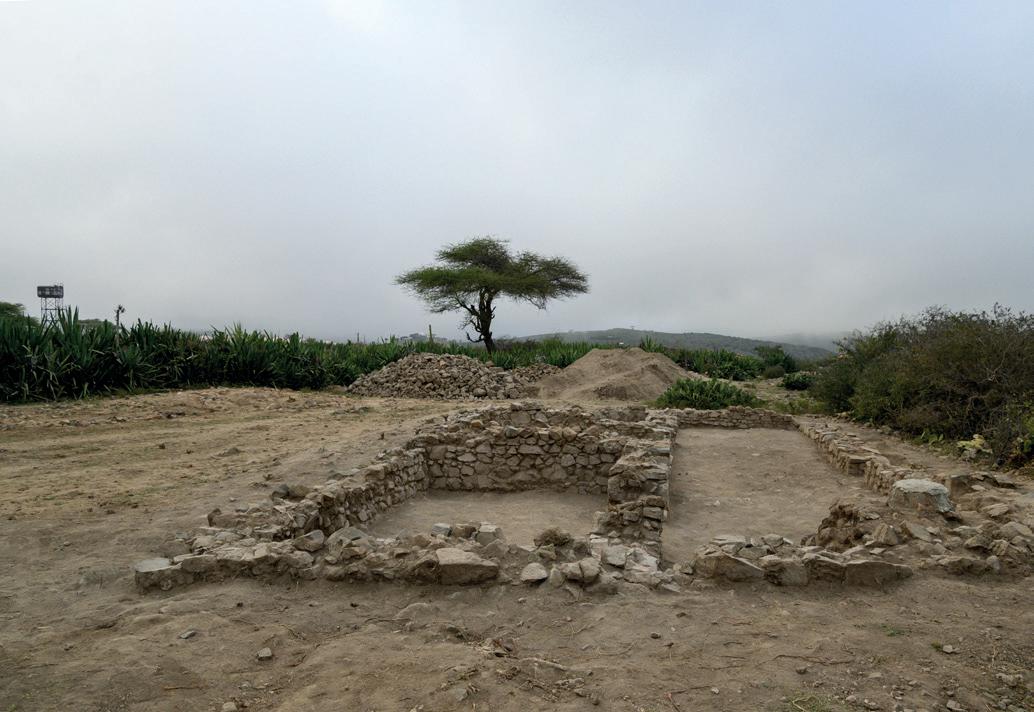
3 minute read
THE STATEHORN PROJECT
International Association for the Study of Arabia (IASA)
Call for Book proposals: Cultural Heritage, Art and Museums in the Middle East
Advertisement
Series Editors Dr Sarina Wakefield, School of Museum Studies, University of Leicester (Sarina.wakefield@leicester. ac.uk) and Dr Sabrina DeTurk, Associate Professor, College of Arts and Creative Enterprises, Zayed University, Dubai (sabrina@sabrinadeturk.com)
Cultural Heritage, Art and Museums in the Middle East book series critically explores how representation and identity are connected to cultural developments in the Middle East at various levels – local, national, regional, and transnational – in the fields of cultural heritage, art and museum studies. Titles in the series engage with Middle Eastern cultural heritage, art and museums situated within a broader, global context. By highlighting these global connections, it aims to challenge the marginalisation of studies of the Middle East into the realm of regional studies.
Titles in the series will provide much-needed resources and reference points for academics, practitioners and students. If you would like to discuss submitting a proposal, please contact the series editors.
A request from Werner Daum
Werner Daum is preparing a small exhibition on Yemen to be held in Kuwait. The exhibtion focuses on Yemen in antiquity and traditional folklore. In this context, he is looking for a video or short film of Yemenis performing the Janbiya dance. He has found several on the internet, but the backgrounds are not sufficient.
If you have anything that might be suitable, please contact him at daum.werner@gmx.de
Werner Daum was the curator of the Munich Yemen exhibition, 1987/88. He edited the catalogue of that exhibition, as well as the catalogue of the 1999 exhibition. His other books include The Queen of Saba, and Folktales from Yemen.
Jorge de Torres Rodríguez
In comparison to other areas of the Red Sea and the Horn of Africa, archaeological research in Somaliland has, for different reasons, traditionally been neglected. Only recently several researchers have started to systematically document and publish the rich and complex archaeological record of Somaliland. Since 2015, a Spanish team from the Institute of the Heritage Sciences of the Spanish National Research Council (Incipit-CSIC) directed by Alfredo González-Ruibal and Jorge de Torres Rodríguez has been surveying and excavating in central and western Somaliland.
Figure 1: Houses at the medieval town of Fardowsa during the 2020 campaign ©The Incipit Archaeological Project in Somaliland
most of them cairns. One of the chief goals of the project (González-Ruibal et al. 2017; González-Ruibal and Torres 2018; Torres 2020) has been to connect the archaeological record of Somaliland with the wider geographical and historical landscape of the Red Sea and the Horn of Africa.
The Incipit-CSIC project has a vast chronological scope, covering the entire history of Somaliland, from Antiquity to the 19th century. Yet, most of the archaeological sites documented so far could be dated between the 13th and 16th centuries, a period in which most of Somaliland was either under the direct rule or the strong influence of the Islamic sultanates of Ifat and Adal. These sultanates challenged the power of the Christian kingdom of Abyssinia, established close ties with the Arabian Peninsula and other Muslim territories and provided stability to the trade routes that connected the Horn of Africa with the rest of the world. The apparent success of these medieval states in controlling large territories and in integrating peoples from different societies and cultural backgrounds offers a sharp contrast with the problems of governance and legitimacy endured by many of the states in the Horn of Africa today. Indeed, nowadays the Horn has become a region of extreme political instability and of weak state structures, as exemplified by the Somali State, which is often presented as the epitome of a failed state.
Based on these premises and on the previous work conducted in Somaliland, in 2020 we launched a new project, “StateHorn: Pathways to Statehood: Authority, Legitimacy and Social Diversity in the Horn of Africa (11th16th centuries).” The project aims to analyse the strategies that medieval states in the Horn of Africa used in order to provide long term stability to the region, tracing the








